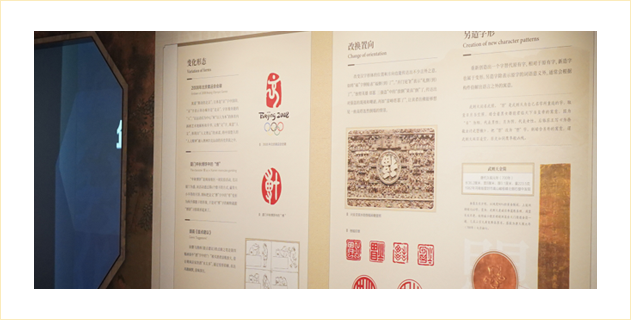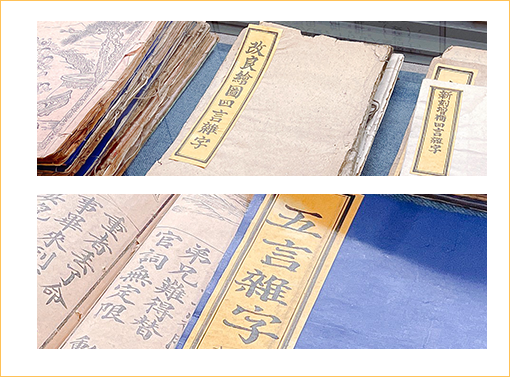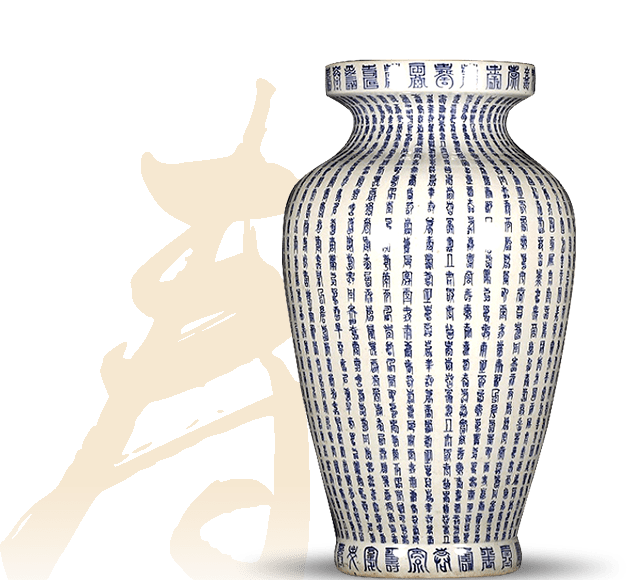○ Rebuses and prophetic ballads
○ Huang Jun Fa Xing Brick



Regional folk characters refer to common characters with local characteristics. They are widely present in folk documents such as contracts, stone inscriptions, popular novels of the Ming and Qing dynasties, primers, and functional literacy.
Functional literacy, or “za zi” is a kind of literacy textbook and was widely popular in the grassroots society. Since the authors of these texts often had limited cultural literacy, and their target readers were also the culturally underprivileged lower classes, these books contain a large number of regional folk characters.
The most popular functional literacy is the “Siyan Zazi(Four-lettered Text Book),”which, according to preliminary statistics, there were at least 500 different versions being used throughout the country. The typical form of "Siyan Zazi" is similar to "Qianzi Wen(Thousand Character Classic)" and is catchy and easy to read. Beyond teaching how to read and write, these texts also impart knowledge and skills. For example, a “Mai Mai Za Zi(Trading Text Book)” and “Shang Nong Za Zi(Merchants and Farmers Text Book)” were compiled for the trading industry in the Hebei area.

Folkloric Composite Characters is a special type of Chinese folk culture. Often containing wishes and blessings, they are also referred to it as "folkloric auspicious characters".
For example, a “Blue and White Longevity Vase” from the Qing Dynasty Kangxi period is covered with “ten thousand” motifs of the character “shou”(longevity). It was a gift presented by the Jingdezhen Imperial Kiln Factory to celebrate the 60th birthday of Emperor Kangxi.


Mysterious folk characters refer to special characters used by a certain industry or group on certain occasions, generally unrecognized or used by outsiders. For example, Taoist script, female script, and industry-specific secret characters, etc.
"Nushu" is the only female-exclusive script in the world and was listed as one of China's first national intangible cultural heritage in 2006. Its writing style is from right to left, top to bottom, with beautiful and dynamic handwriting.
The Daoist tomb-quelling text inscribed on slates is a complete set of five pieces, each representing one of the five cardinal directions: east, south, west, north, and central. They are hierarchically proper for the tomb structure. The brick script is Daoist “Cloud Seal Script,” also known as "true script," which helps release the souls of the deceased from purgatory and protect the living.
